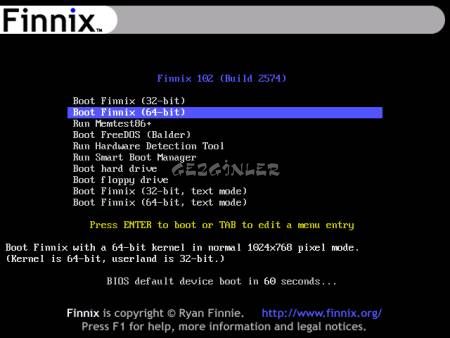

- #Kernel linux apk#
- #Kernel linux android#
- #Kernel linux software#
- #Kernel linux code#
- #Kernel linux license#
At this point, Linux was able to run Bash, GCC, and some other GNU utilities: On 5 October 1991, Torvalds announced the first "official" version of Linux, version 0.02.
#Kernel linux code#
It was not even executable since its code still needed Minix to compile and to test it. On 17 September 1991, Torvalds prepared version 0.01 of Linux and put on the "" – FTP server of the Finnish University and Research Network ( FUNET). It is NOT protable (uses 386 task switching etc), and it probably never will support anything other than AT-harddisks, as that's all I have :-(. This implies that I'll get something practical within a few months Yes - it's free of any minix code, and it has a multi-threaded fs. I've currently ported bash(1.08) and gcc(1.40), and things seem to work. I'd like any feedback on things people like/dislike in minix, as my OS resembles it somewhat (same physical layout of the file-system (due to practical reasons) among other things). This has been brewing since April, and is starting to get ready. I'm doing a (free) operating system (just a hobby, won't be big and professional like gnu) for 386(486) AT clones. On 25 August 1991, Torvalds posted the following to comp.os.minix, a newsgroup on Usenet: He started with a task switcher in Intel 80386 assembly language and a terminal driver.

In April 1991, Linus Torvalds, at the time a 21-year-old computer science student at the University of Helsinki, Finland, started working on some simple ideas for an operating system inspired by UNIX, for a personal computer. See also: History of Linux and Linux kernel version history Linus Torvalds at the LinuxCon Europe 2014 in Düsseldorf
#Kernel linux software#
Changes are tracked using the version control system git, which was originally authored by Torvalds as a free software replacement for BitKeeper. : 379–380ĭay-to-day development discussions take place on the Linux kernel mailing list (LKML). This produces a highly optimized executable ( vmlinux) with respect to utilization of memory space and task execution times. Most of the Linux kernel code is written using the GNU extensions of GCC : 18 to the standard C programming language and with the use of architecture-specific instructions ( ISA) in limited parts of the kernel. It can be tailored for specific architectures and for several usage scenarios using a family of simple commands (that is, without the need of manually editing its source code before compilation) privileged users can also fine-tune kernel parameters at runtime.
#Kernel linux android#
Linux is deployed on a wide variety of computing systems, such as embedded devices, mobile devices (including its use in the Android operating system), personal computers, servers, mainframes, and supercomputers. Since the late 1990s, it has been included as part of a large number of operating system distributions, many of which are commonly also called Linux.
#Kernel linux license#
Linux is provided under the GNU General Public License version 2 only, but it contains files under other compatible licenses. It was originally written in 1991 by Linus Torvalds for his i386-based PC, and it was soon adopted as the kernel for the GNU operating system, which was written to be a free (libre) replacement for Unix. The Linux kernel is a free and open-source, : 4 monolithic, modular, multitasking, Unix-like operating system kernel. org /pub /scm /linux /kernel /git /torvalds /linux. If you're unsure which firmware you need, boot with no firmware installed and run dmesg | grep firmware to get an idea. You may be better served by installing only the firmware you need (see linux-firmware-*), or linux-firmware-none if you do not require any firmware. The linux-firmware meta-package is included in the default installation, and depends on all firmware.
#Kernel linux apk#
To select a specific kernel or firmware packages during installation from the Alpine ISO, simply install the desired kernel flavor and firmware packages with apk add before running setup-alpine. linux-rpi is optimized for the Raspberry Pi.įor installing a custom kernel, see Custom Kernel.linux-virt ( linux-lts, see the -virt configs) is recommended for Alpine Linux guests, and disables most hardware in favor of a commonly-virtualized subset of drivers.linux-lts is the stock modular kernel and is configured for a generous selection of hardware.Alpine Linux has several kernels (see linux-*) designed to suit different situations.


 0 kommentar(er)
0 kommentar(er)
